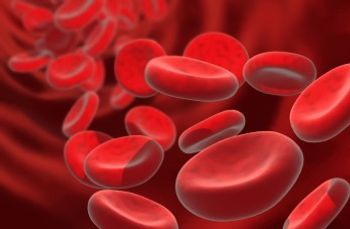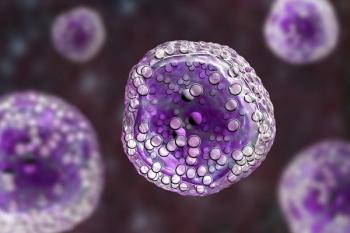
Oncology NEWS International
- Oncology NEWS International Vol 9 No 9
- Volume 9
- Issue 9
Helping Cancer Patients Understand Their Illness
ARLINGTON, Va-In addition to his regular family practice, Mark Renneker, MD, plies a second career, helping other physicians’ patients to understand their illnesses and seek out the best possible therapies. He provides intensive, personalized medical research to clients across the country and assistance in making decisions based on that information.
ARLINGTON, VaIn addition to his regular family practice, Mark Renneker, MD, plies a second career, helping other physicians patients to understand their illnesses and seek out the best possible therapies. He provides intensive, personalized medical research to clients across the country and assistance in making decisions based on that information.
I have the perspective of a physician who went over to the other side, experimenting with taking up the patients point of view, joining them with their disease, said Dr. Renneker, assistant clinical professor of family and community medicine, University of California, San Francisco. He spoke at the Comprehensive Cancer Care 2000 conference on integrating complementary and alternative therapies.
The problem with evidence-based medicine, he said, is that patients have another way of making decisions. Bringing facts and information to decisions about cancer isnt the entire process, he said.
His intensive research and advocacy practice (which is separate from his medical one) does not involve treating patients but, rather, giving them the needed background to make good choices about their care. For this, he tries to learn everything possible, not only about the medical aspects of each case but also about the patients themselvestheir emotions as well as their test results.
His background in family medicine (in which he is board-certified), he said, helps him to look at the whole patient, not simply one organ system or a collection of symptoms.
Working out of his house on the Pacific coast, Dr. Renneker consults with patients by fax, computer, or telephone. A trained researcher working under his direction does a literature search. Dr. Renneker annotates this material and submits to the patient a loose-leaf book of information tailor-made for that individual. He also talks with specialists and with the patients physicians (most patients have already consulted an average of six doctors before calling his office).
The Table lists the specific areas that, he said, most often need to be addressed in his research.
Rarely does this approach lead to confrontation with the patients health care providers, he said. Im doing just what doctors do for their family members, pulling out all the stops and exploring the upper limits of care.
He said that his consultation work is well received by other physicians, who, he believes, understand his role. Often, they say they wish they had the time to do it themselves for their patients. In fact, Dr. Renneker said, lack of time with their present physician or oncologist appears to be the most common reason patients call him to help with their cases.
A study of the first 30 patients who presented to him in a recent year showed they had an average age of 52; half had cancer; two thirds were women; and half had MD, PhD, or law degrees. Ninety percent were from outside the San Francisco Bay area, and 60% of the time, other family members joined conference calls with Dr. Renneker and the patient.
His research frequently finds stones unturned in the patients workup: incomplete or inadequate medical records, tests, images, or consultations. He has found on further pathologic review of cases that many patients have received an incorrect or absent diagnosis. Often, their doctor has not consulted with other physicians.
Patients frequently feel a false hopelessness, often because they are undered-ucated about their own cancer or about cancer in general, he said. Pain is undertreated. Two thirds of these patients have tried complementary or alternative medicine and the rest want to, although their own physicians often wont assist them in that quest.
His job, he said, is practicing optimistic medicine. Wthout hopefulness, its hard to work with these patients.
He works at getting the patients family involved, since too often they have been excluded by previous doctors.
Dr. Renneker has good reason to live and work by the sea: he founded the Surfers Medical Society in 1986 and says that surfing has prepared him well for his advocacy role. Surfing is about the edge, the frontier, he said, and patients have to learn to live and navigate along the edge.
Articles in this issue
over 25 years ago
Soy’s Effect on Breast Cancer Remains Uncertainover 25 years ago
STAR Enrollment Tops 6,000 in First Year of Recruitmentover 25 years ago
New rhTPO Being Tested in Three Trialsover 25 years ago
New Research Centers Target How Market Forces Affect Health Careover 25 years ago
PRIMATOM System Combines CT Scanning With Radiation TherapyNewsletter
Stay up to date on recent advances in the multidisciplinary approach to cancer.


















































































